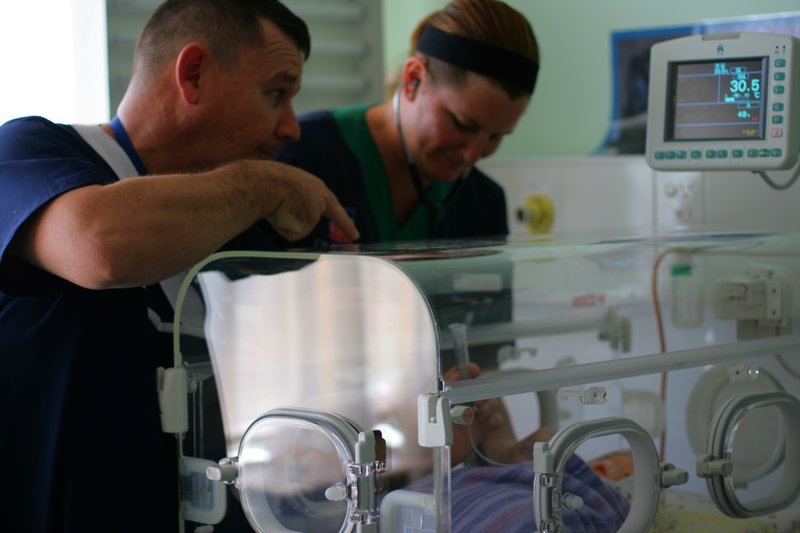Some of the information expectant mothers receive is often based on myths or old wives’ tales. Dispelling the myths may bring comfort and reassurance in addition to ensuring the health of the expectant mother and growing infant.
You’re Eating for Two
For decades, women were encouraged to substantially increase their dietary intake in order to ensure they were consuming enough nutrients for the growing infant. However, overeating leads to obesity, which leaves the mother and baby at risk. Being overweight increases the chances of developing gestational diabetes or hypertension. The excess weight also stresses the cardiovascular system. Health care providers suggest that increasing daily calorie intake by a mere 200 to 300 calories is more than sufficient to ensure a healthy pregnancy.
Belly Size and Shape Reveals Gender
Physicians rebuke the belief that external appearance correlates with the baby’s gender. Some women carry the baby high while others carry it lower. However, the difference is often equated with genetics and physical characteristics and not infant gender.
Moisturizing Prevents Stretch Marks
Cocoa butter has long been touted as being one of the solutions to prevent stretch marks. While moisturizing preparations are good for the skin, they do not prevent the physiological effects that a growing infant causes on external skin. Women develop varying degrees of marks depending on genetics and the extent that the abdomen needs to stretch to accommodate the infant.
Stay Away from Cats
There is no reason why expectant mothers cannot have and care for a feline companion. The danger lies in changing the litter box. Feline waste products commonly contain a parasite that has the potential for causing toxoplasmosis. While the mother may or may not experience flu-like symptoms, the illness has the potential of becoming serious in infants. Best to leave litter box duties to someone else. The disease can also be contracted by eating undercooked meat or unwashed fruits and vegetables.


